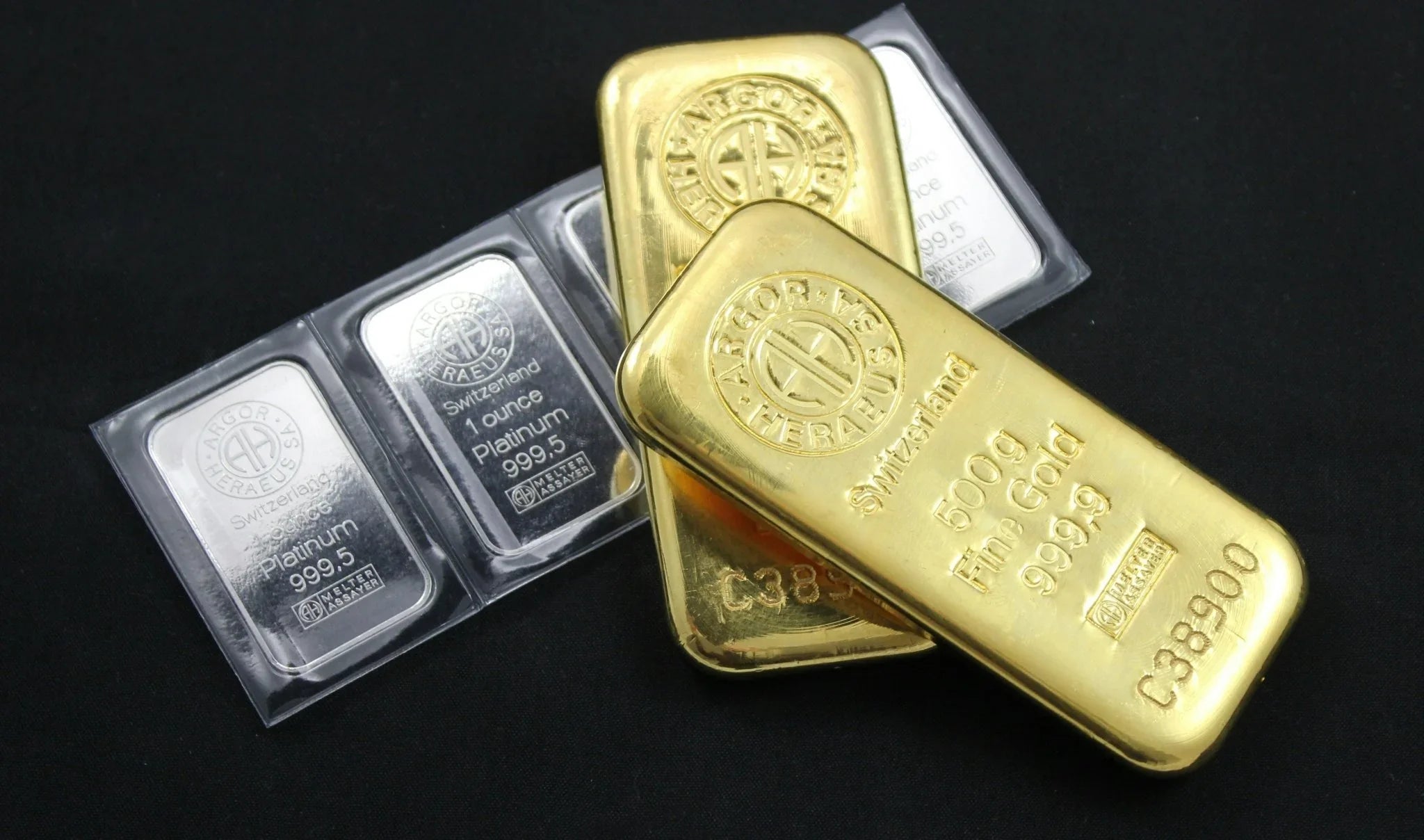How to diversify your portfolio with precious metals?

Portfolio diversification reduces risk and improves the stability of your investments. Precious metals like gold and silver play a key role in this strategy, providing protection against inflation and market volatility. Tangible, durable, and globally recognized, they secure your capital. Incorporate them for a more resilient portfolio.
Importance of Portfolio Diversification
Portfolio diversification is a key strategy for minimizing risk and maximizing returns. By investing in different types of assets, you can reduce the overall volatility of your portfolio. This means that when some investments decline, others can rise, thus balancing losses and gains.
Diversification protects your assets against market fluctuations. For example, if you invest only in stocks and the stock market falls, your entire portfolio could suffer. By diversifying your investments, you ensure that all your resources are not dependent on the performance of a single type of asset.
Furthermore, diversification allows you to seize opportunities in different sectors and asset classes. Each type of investment reacts differently to economic conditions and world events. By having a diversified portfolio, you can benefit from the growth of various markets, whether financial, real estate, or commodities.
Finally, diversification reduces the specific risk associated with a particular company or sector. By spreading your investments, you reduce the impact of poor individual performance on your entire portfolio.
Role of Precious Metals in Diversification
Precious metals, such as gold and silver, play a crucial role in portfolio diversification. They offer unique advantages over other asset classes.
Gold is often considered a safe haven. In times of economic uncertainty or market volatility, investors turn to gold to protect their capital. Its value tends to increase when financial markets are in difficulty, thus providing an effective hedge against losses.
Silver, although more volatile than gold, also offers diversification opportunities. In addition to its role as a precious metal, silver has important industrial applications. This means that its demand is influenced by both economic and industrial factors, thus providing protection against different types of risks.
Precious metals are tangible assets. Unlike stocks and bonds, they are not directly affected by corporate performance or monetary policies. Their value is based on their scarcity and demand, making them less vulnerable to economic fluctuations and government decisions.
Investing in precious metals also helps diversify your portfolio geographically. Gold and silver are global assets, traded on international markets. This reduces the risk associated with a specific economy or region.
Finally, precious metals offer protection against inflation. When the cost of living rises, the value of gold and silver tends to follow, thus preserving investors' purchasing power. In times of high inflation, precious metals hold their value better than paper money.
Strategies for Incorporating Gold and Silver into a Diversified Portfolio
To effectively integrate gold and silver into a diversified portfolio, it is essential to follow certain strategies.
Define your investment objectives. Before adding precious metals to your portfolio, clarify your financial goals. Do you want to protect your capital, diversify your assets, or profit from the potential rise in gold and silver prices? Your objectives will determine the amount of precious metals to include in your portfolio.
Diversify your precious metal investments. Don't put all your capital into one type of metal or commodity. Invest in coins, bars, and ETFs (exchange-traded funds) backed by gold and silver. Each form of precious metal has its own advantages and can offer additional diversification.
For those who want tosell and buy gold, it is crucial to choose reliable partners. Ensure the quality and authenticity of the gold. Use recognized platforms and avoid informal transactions.
Monitor market trends. Use technical analysis tools to track fluctuations in gold and silver prices. Charts and technical indicators can help you identify the best times to buy or sell. Support and resistance levels are particularly useful in determining when to buy or sell.
Consider dollar-cost averaging. Buying gold and silver regularly, such as monthly, helps smooth out purchasing costs and reduce the impact of price fluctuations. This strategy, called dollar-cost averaging, is particularly useful in a volatile market.
Consult financial experts. Professional advice can help you optimize your investments. They can provide in-depth analyses and personalized recommendations to secure your portfolio for the long term.
For those who wish tobuy gold coins, it is important to diversify between different coins and series. Gold coins offer high liquidity and are easy to store. They can also be collected, adding an extra dimension to your investment.
Protect your precious metal investments. Use safes to store your gold and silver at home or opt for professional storage solutions. Make sure your precious metals are covered by adequate insurance in case of theft or damage.
Plan your investments for the long term. Gold and silver are often long-term investments. Avoid impulsive decisions based on temporary price fluctuations. A thoughtful and strategic approach ensures long-term profitability and stability.
By following these strategies, you can effectively integrate gold and silver into your diversified portfolio. Precious metals offer valuable stability and security, helping you navigate periods of economic uncertainty with confidence. Take advantage of the opportunities precious metals offer to diversify your portfolio and protect your wealth.



 Gold Bars
Gold Bars
 Rare Gold Coins
Rare Gold Coins
 Modern Gold Coins
Modern Gold Coins
 Best Sellers
Best Sellers
 French silver coins
French silver coins
